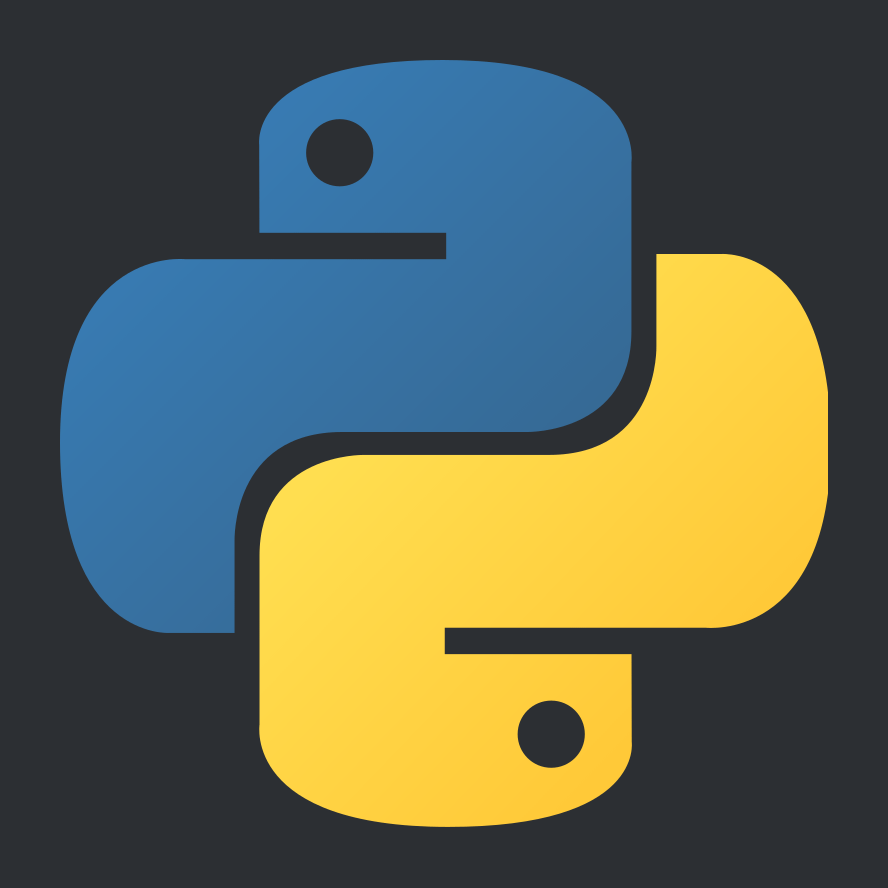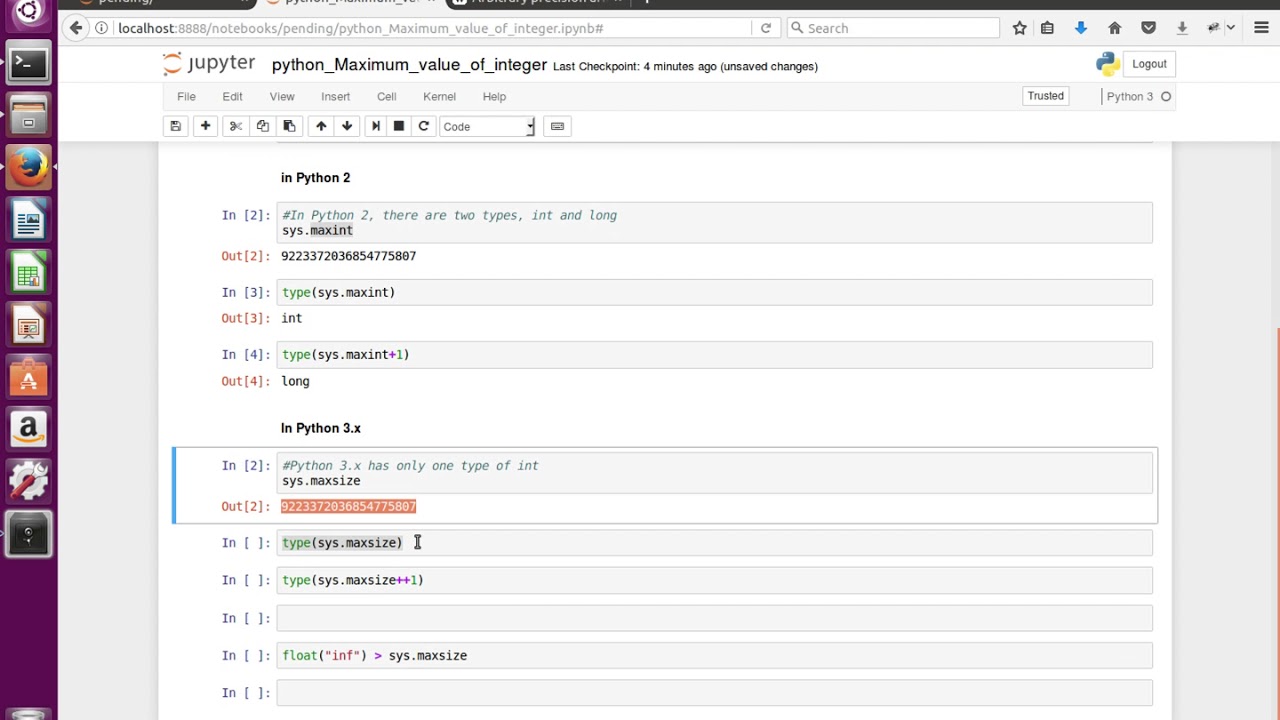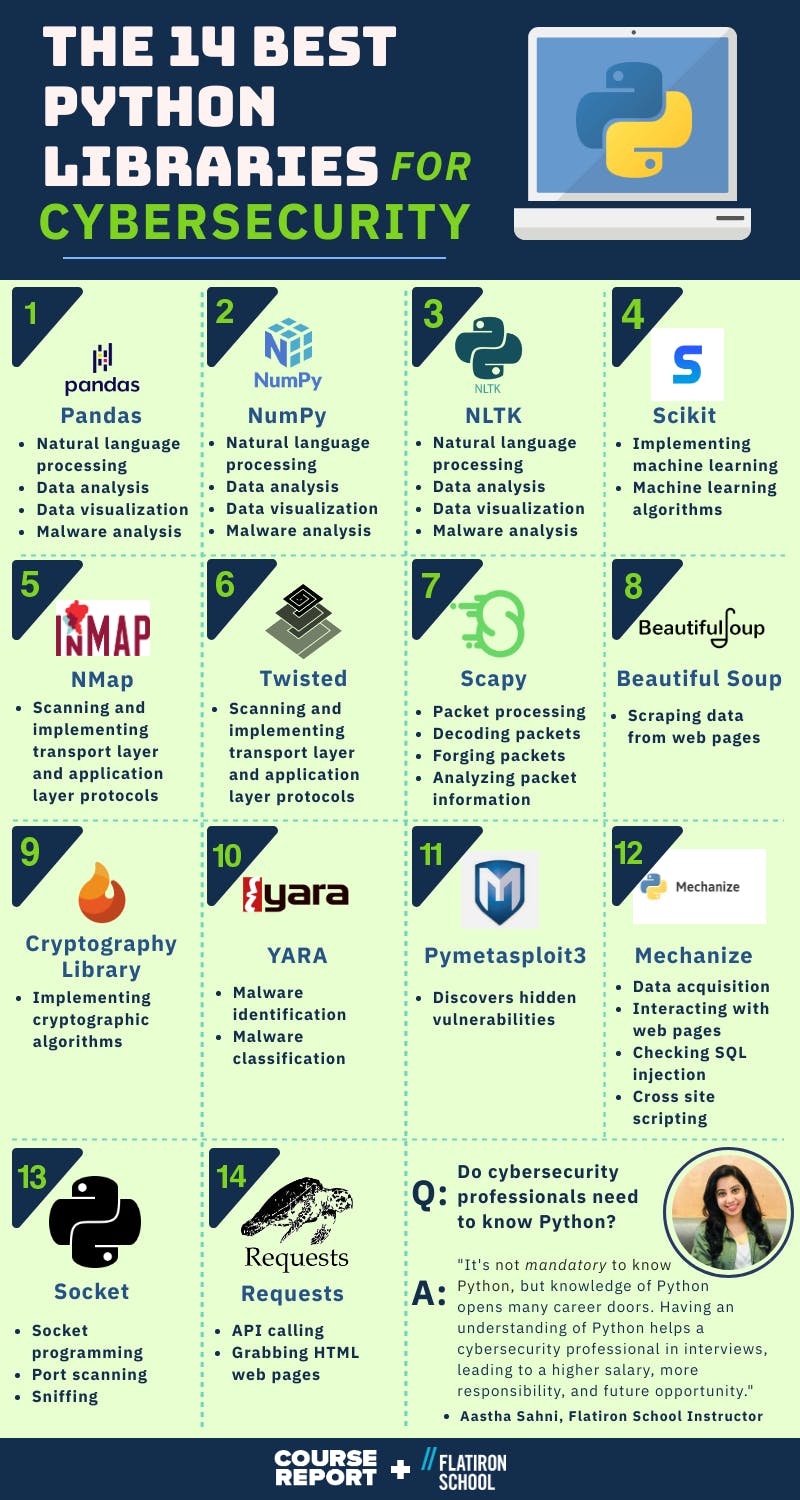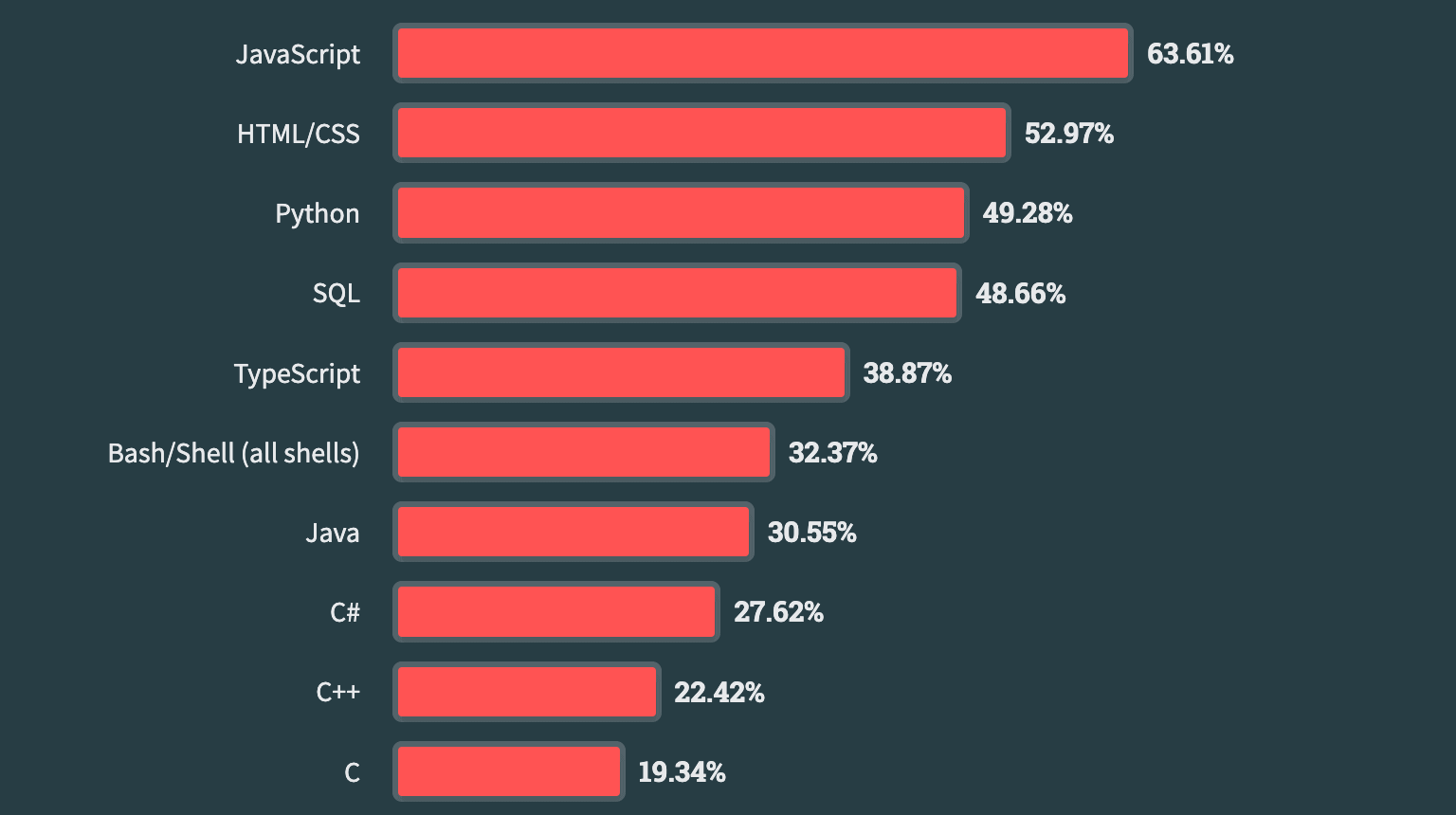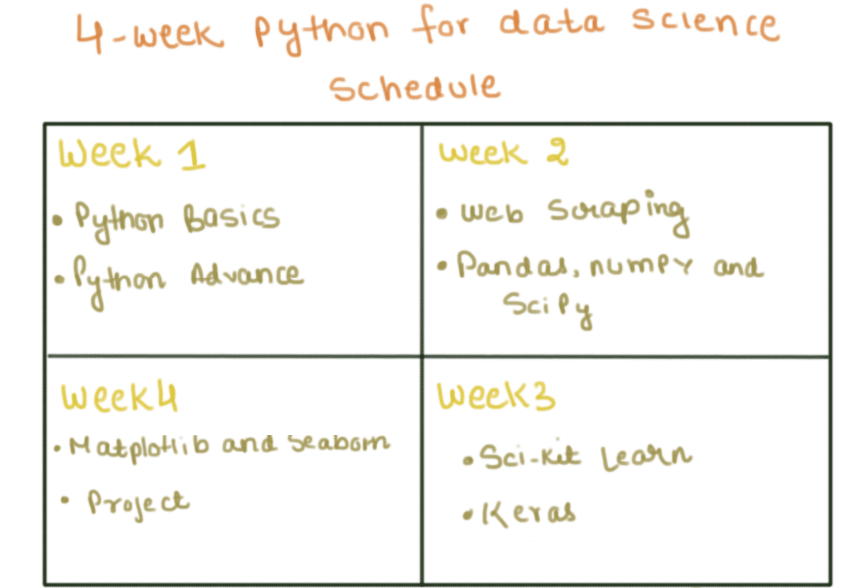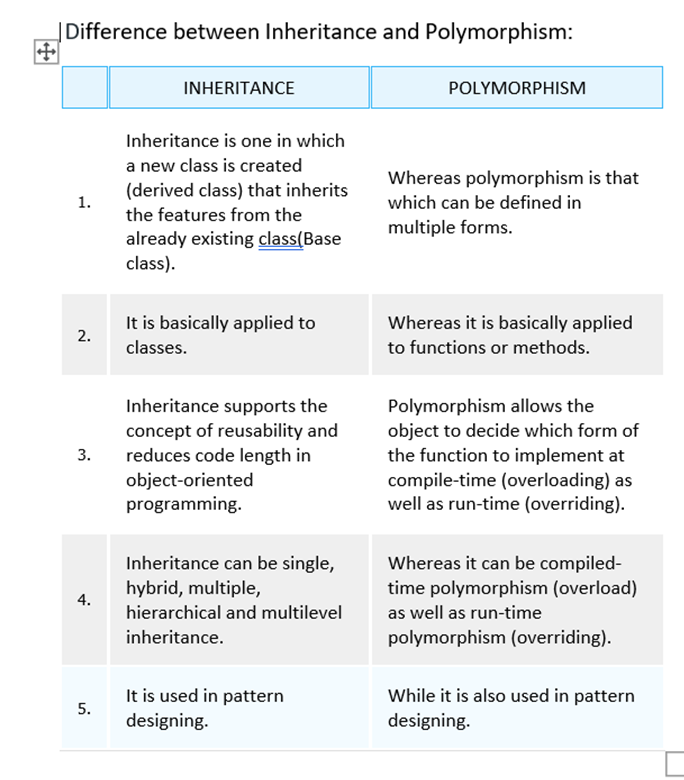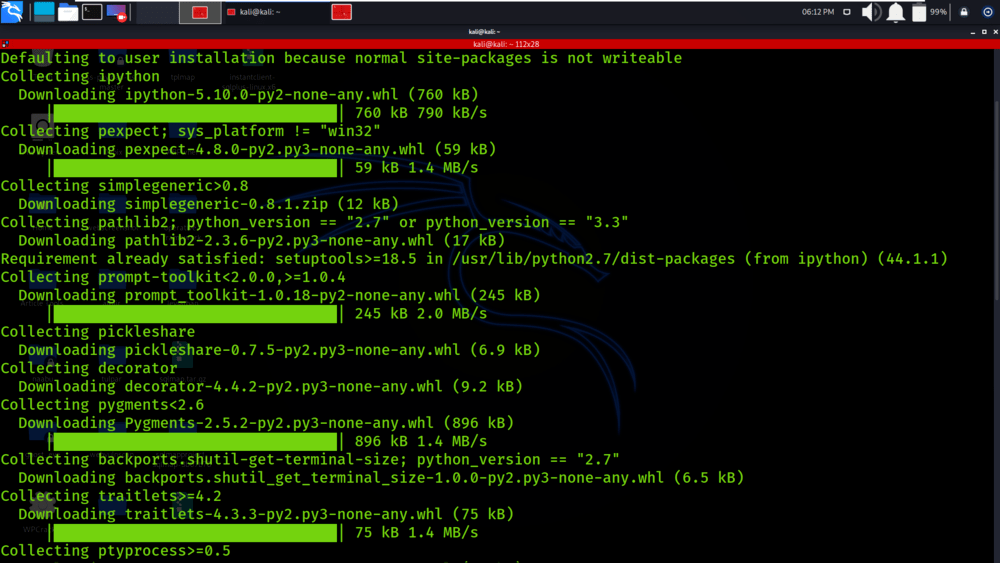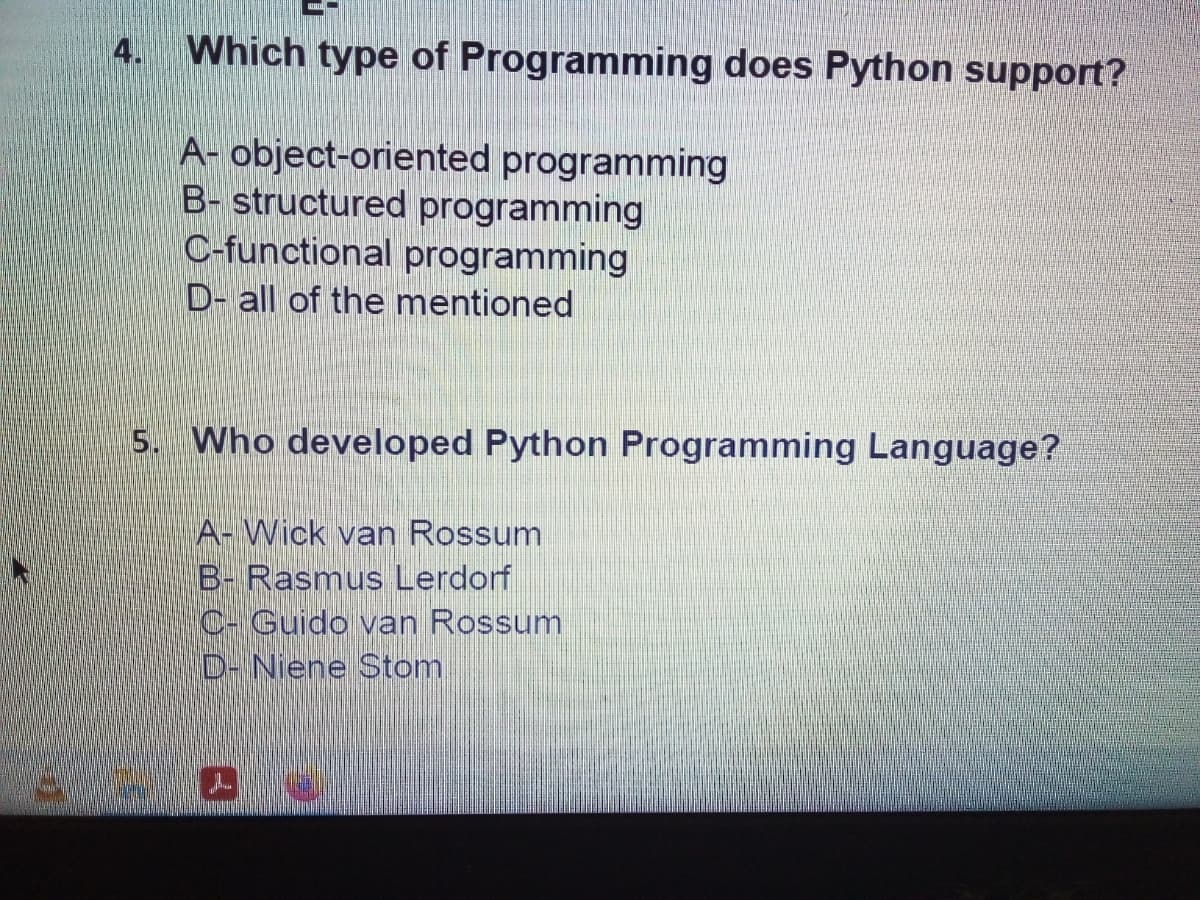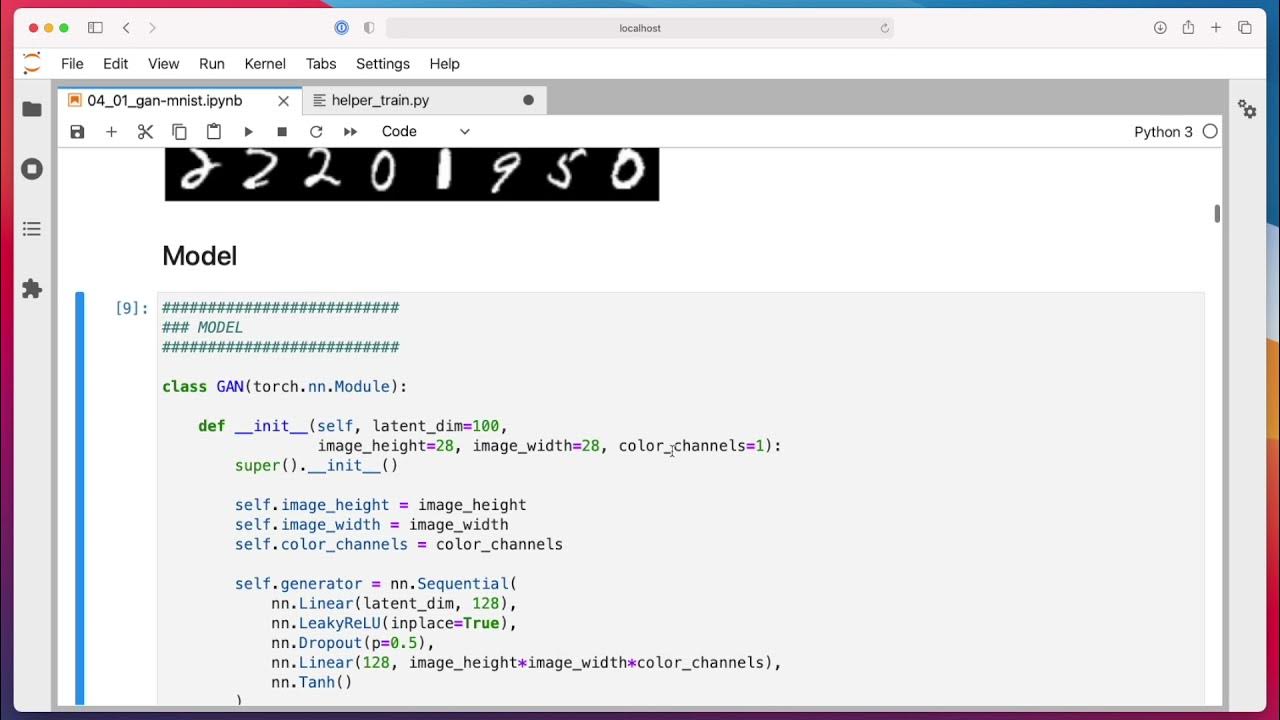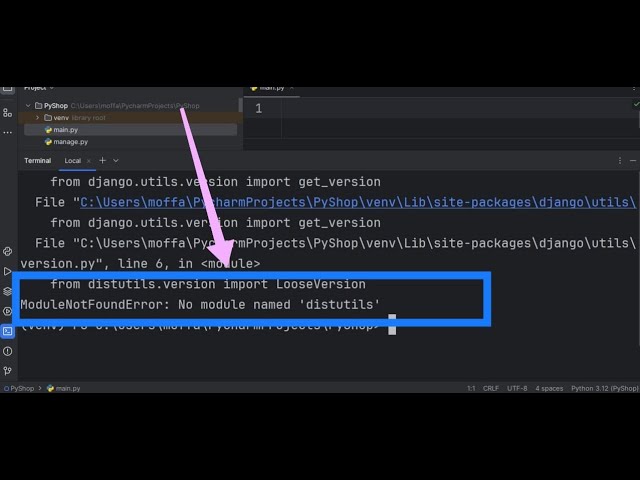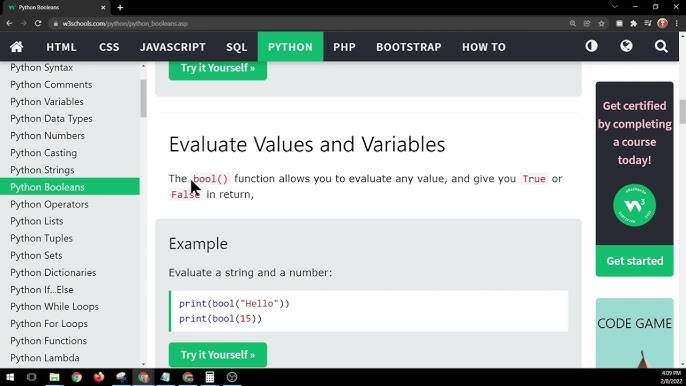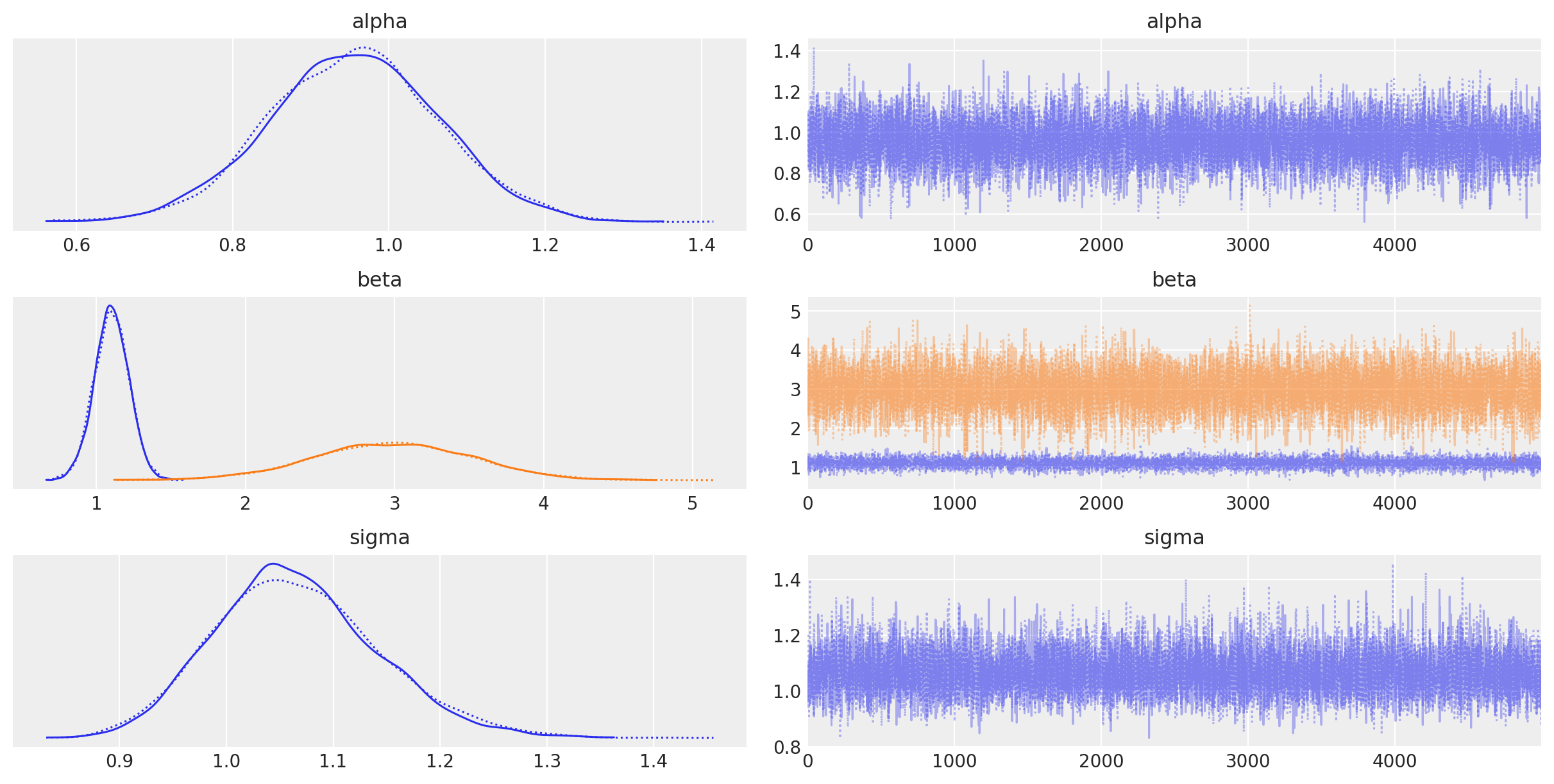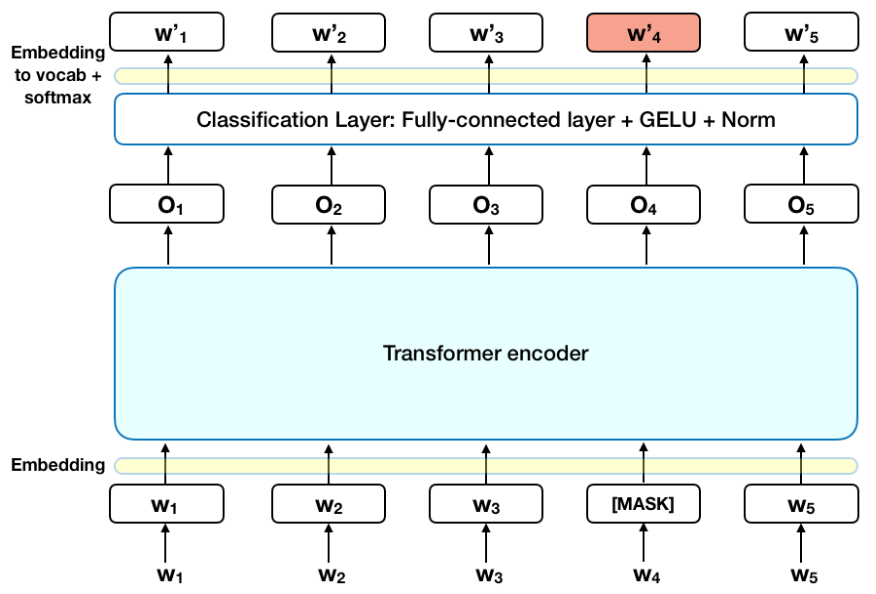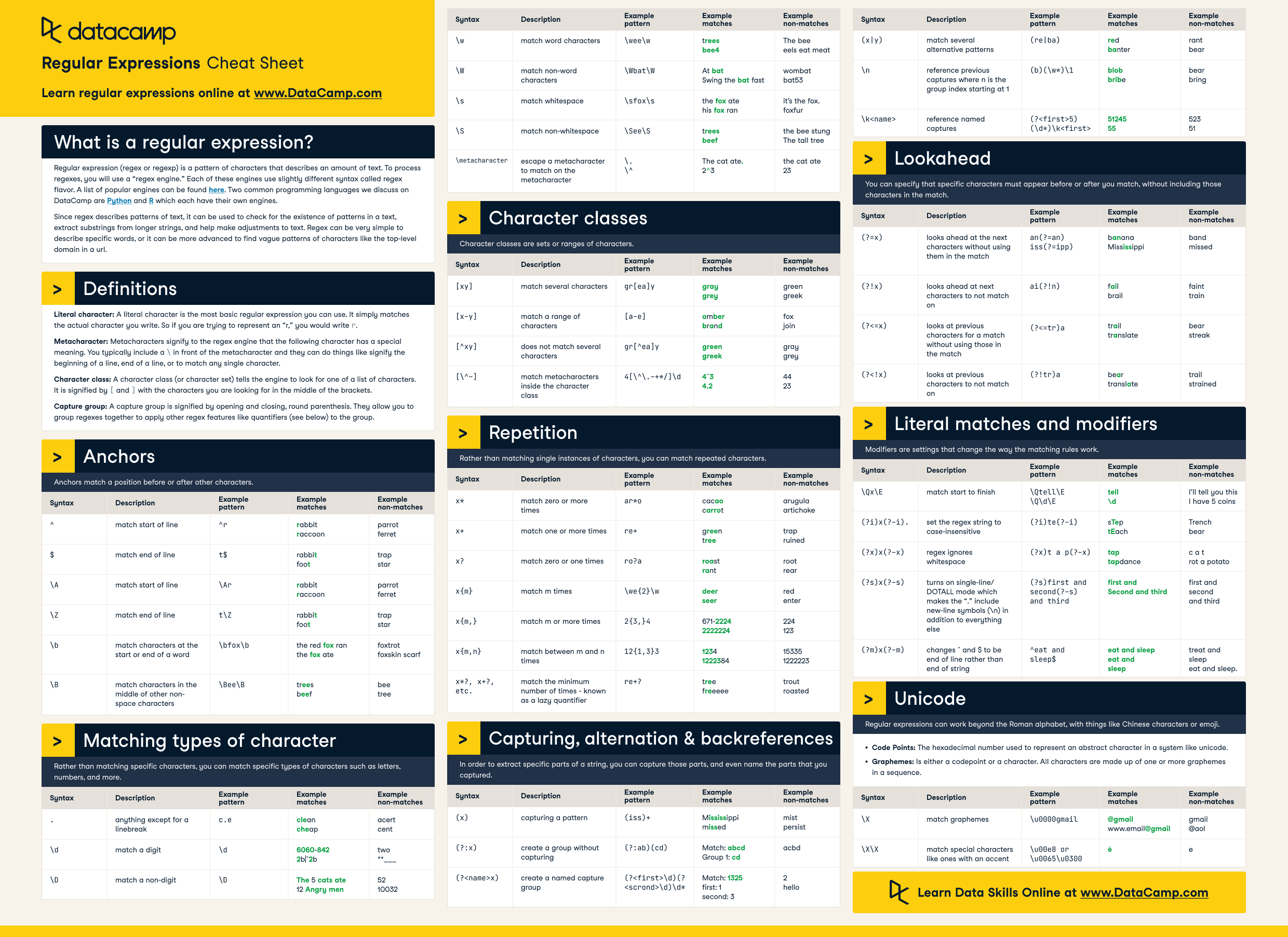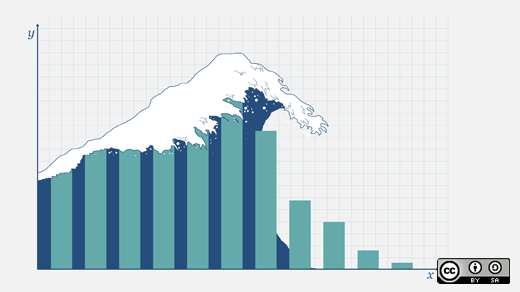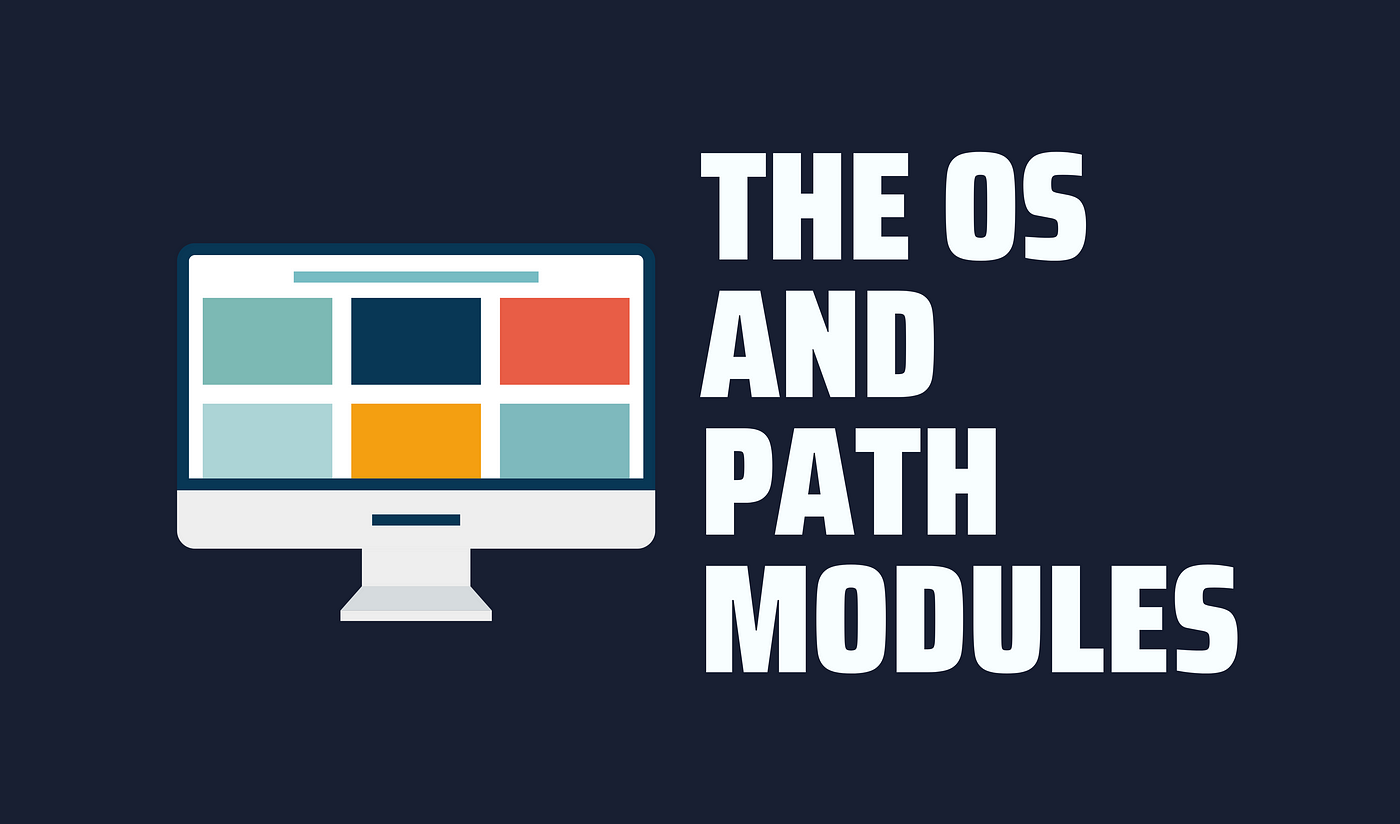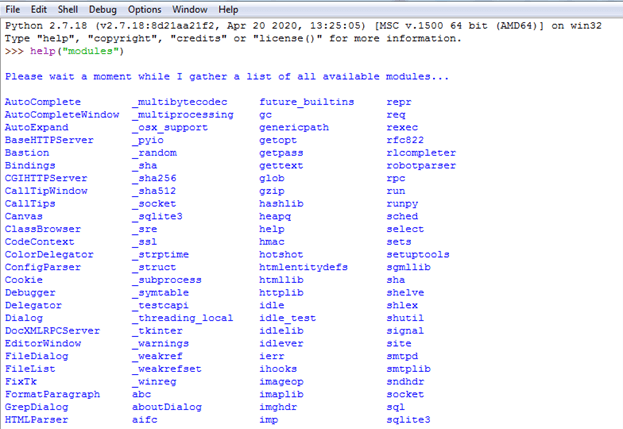What is a list type Python?
What is a list type Python?
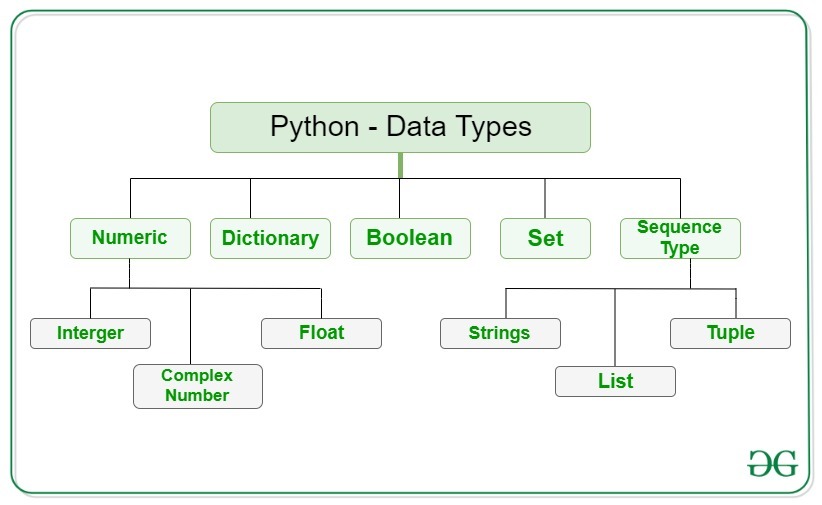
A fundamental concept in Python programming!
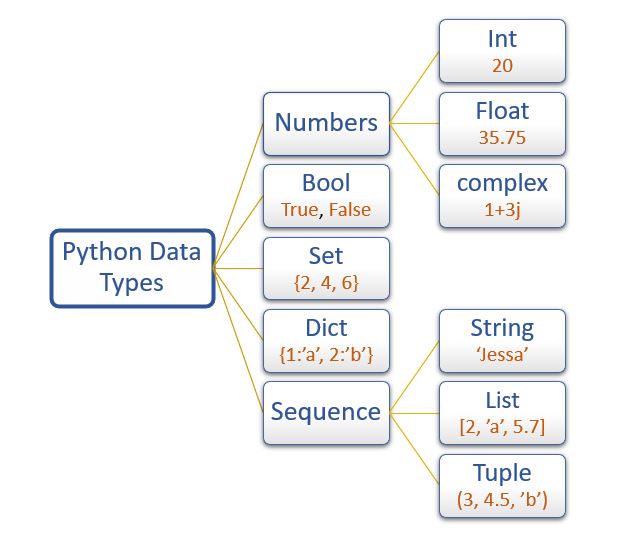
In Python, a list is a data structure that can store multiple values of the same or different types. It's a collection of items that can be accessed by an index number. A list is denoted using square brackets [] and elements are separated by commas.
Here are some key characteristics of lists in Python:
Indexed: Each element in a list has an index, which is a unique number assigned to it. Indexing starts from 0, so the first element has an index of 0, the second has an index of 1, and so on. Ordered: Lists maintain their order. The elements are stored in a specific sequence, and you can access them by their indices. Mutable: Lists are mutable, meaning they can be modified after creation. You can add, remove, or modify elements without affecting the original list. Homogeneous: In Python 2.x, all elements in a list must be of the same type (e.g., integers). However, starting from Python 3.x, lists can store heterogeneous data types.Some common operations you can perform on lists include:
Append: Add an element to the end of the list.Example: my_list.append(4)
Example: my_list.insert(0, 3)
Example: my_list.remove(5)
Example: my_list.extend([6, 7, 8])
Example: print(my_list[1])
Python lists have many practical applications:
Data storage: Store and manipulate collections of data efficiently. Algorithm implementation: Use lists to implement algorithms that involve iterating over or manipulating collections of data. Game development: Create game logic using lists to manage game states, scores, or other game-related information.In conclusion, Python lists are a powerful tool for storing and manipulating collections of data. With their indexed, ordered, and mutable properties, they provide a flexible way to solve various programming problems.
What is class () in Python?
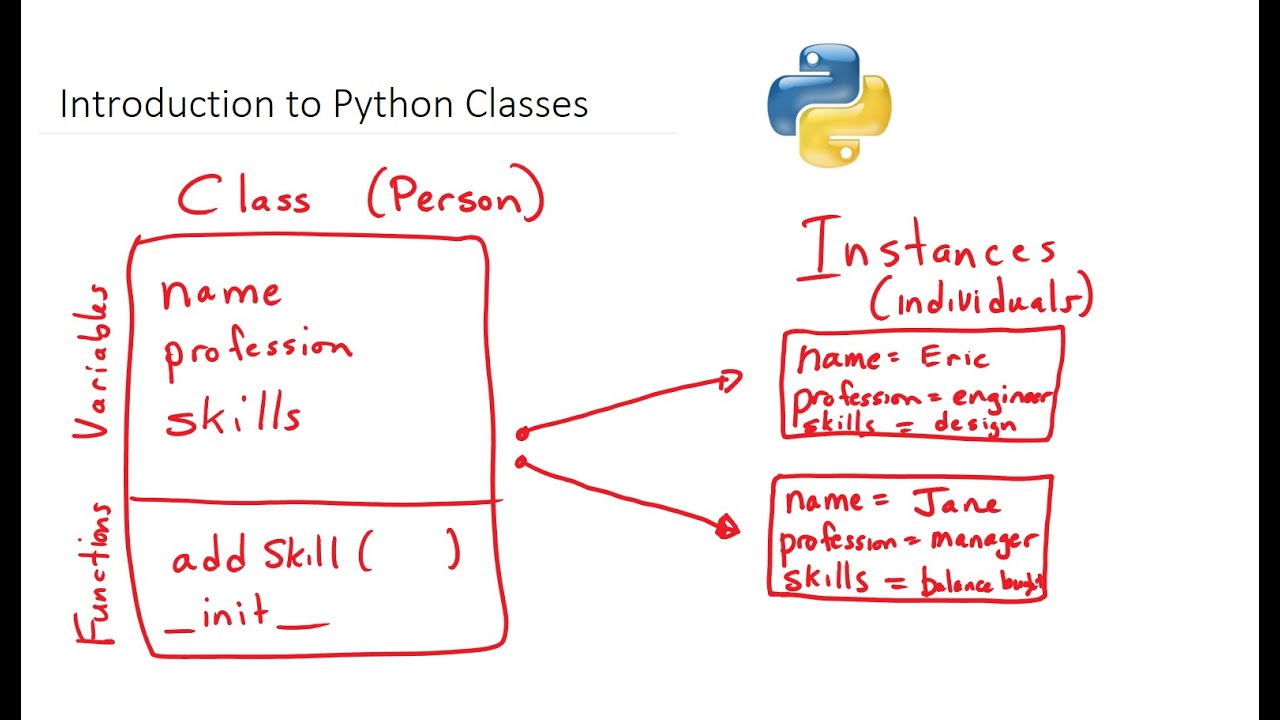
The class keyword in Python!
In Python, the class keyword is used to define a new user-defined data type, which is commonly known as a class. A class defines a blueprint for creating objects that share certain characteristics and behaviors.
When you create a class, you are essentially defining a template or a prototype for creating instances (objects) of that class. This template includes:
Attributes: These are the variables that are part of the class definition. They can be thought of as properties or fields of the class. Methods: These are functions that belong to the class and operate on its attributes. Methods can be used to perform actions on instances of the class.Think of it like creating a blueprint for building a house. The class keyword is like the design plan for the house, which includes specifications for things like rooms, windows, doors, and walls (attributes). Then, when you want to build an actual house based on that design plan, you create an instance (object) of the class, using its attributes and methods.
Here's a simple example:
class Dog:
def init(self, name, age):
self.name = name
self.age = age
def bark(self):
print("Woof!")
my_dog = Dog("Fido", 3)
print(my_dog.name) # Output: Fido
print(my_dog.age) # Output: 3
my_dog.bark() # Output: Woof!
In this example, we define a Dog class with two attributes (name and age), and one method (bark). We then create an instance of the class named my_dog, and use its attributes and methods.
The benefits of using classes in Python include:
Encapsulation: You can control access to your class's internal state by defining private variables (those prefixed with double underscore, like_name) and public methods. Abstraction: Classes provide a level of abstraction, allowing you to define complex behaviors without exposing the underlying implementation details. Reusability: You can reuse classes in multiple places throughout your codebase, reducing duplication and making it easier to maintain.
So, there you have it! The class keyword is a fundamental building block of Python programming, allowing you to create reusable templates for creating objects.
